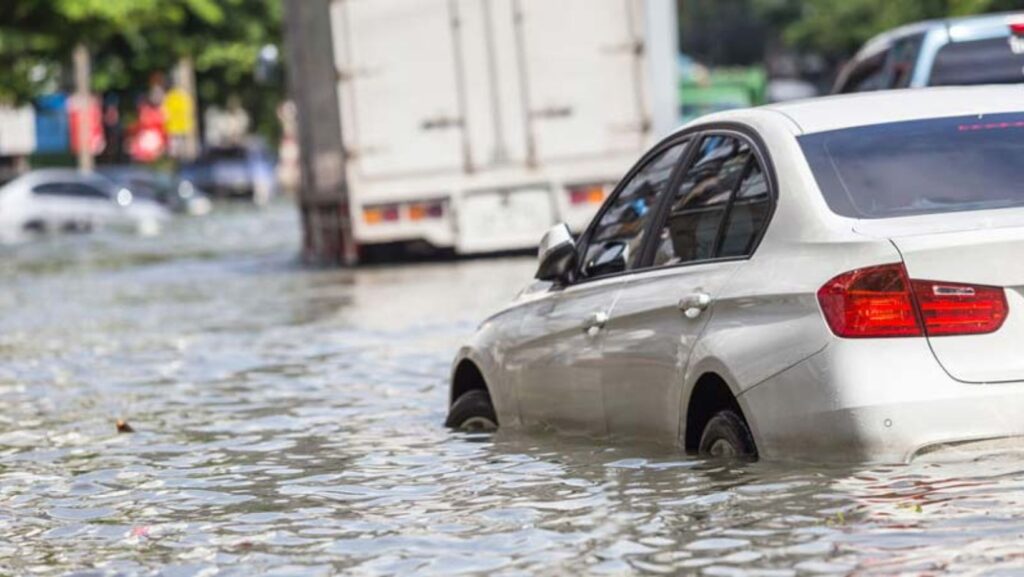The rise of electric vehicles (EVs) has been a significant shift in the automotive industry, providing a sustainable and eco-friendly means of transportation. Despite their efficiency and environmental benefits, like any vehicle, EVs demand adequate care and upkeep. Among the crucial considerations that sometimes go unnoticed is safeguarding your EV from natural elements, particularly rain. This article delves into vital strategies and advice to guarantee your electric vehicle remains secure and moisture-free during rainy conditions.

Read more.. Protecting Your Electric Car from Rodent Intrusion: Tips for a Rat-Proof Ride
- Invest in a High-Quality Car Cover
A waterproof car cover is your first line of defense against rain. Ensure it is specifically designed for your EV’s make and model to provide a snug fit. A good-quality cover will not only shield your EV from rain but also protect it from dust, debris, and UV rays, helping preserve its paint and finish.
- Check Seals and Gaskets
Regularly inspect the seals and gaskets around your EV’s doors, windows, and trunk. Over time, these rubber components can degrade, leading to water leaks. Replace any worn-out seals promptly to maintain a watertight interior.
- Keep the Charging Port Dry
The charging port is a vulnerable area for water ingress. Make sure it’s always dry before plugging in your EV. If you suspect moisture has entered the port, use a hairdryer on a low, cool setting to evaporate any trapped water. Consider investing in a charging port cover or cap for added protection.
- Park Under Shelter
Whenever possible, park your electric car in a garage or under a carport. Sheltered parking not only protects your EV from rain but also shields it from harsh sunlight, reducing the risk of paint fading and interior heat buildup.
- Maintain Proper Drainage
Ensure that the drainage channels, such as the sunroof drains, are clear of debris. Blocked channels can lead to water pooling inside your EV, potentially causing electrical issues and interior damage.
- Avoid Deep Puddles and Flooded Roads
While it might seem obvious, avoid driving your EV through deep puddles or flooded areas. Water entering the intake or exhaust systems can cause severe damage to the vehicle’s electronics. If you must cross water, drive slowly and cautiously, and always prioritize safety.
- Apply a Rain-Repellent Coating
Consider applying a rain-repellent coating to your EV’s windows and windshield. These coatings cause water to bead up and roll off, providing better visibility during rain and reducing the need for constant windshield wiper usage.
- Regularly Wax Your EV
A good wax job not only enhances your EV’s shine but also forms a protective barrier against rainwater and contaminants. Be sure to use a high-quality automotive wax suitable for EVs to prevent water from adhering to the surface.
Read more.. The Financial Matters of Electric Vehicles: Cost Reserve Funds and Long Haul Monetary Advantages
Conclusion
Having an electric vehicle isn’t solely about relishing an eco-friendly and efficient journey; it also involves safeguarding its durability and safety. Shielding your EV from rain forms an indispensable component of its upkeep regimen. Through the acquisition of appropriate gear, consistent vehicle inspections, and the adoption of prudent driving practices in inclement weather, you can uphold your electric car’s condition, ensuring its steadfast service for years ahead.
Read more.. The Advantages and Disadvantages of Independent Driving: Looking at the Advantages and Concerns
